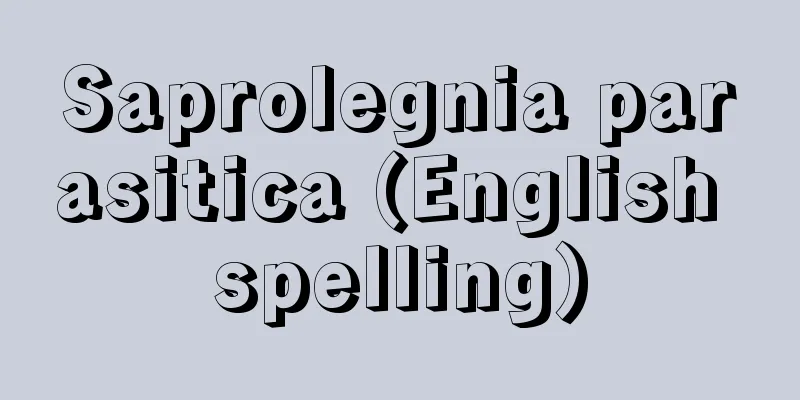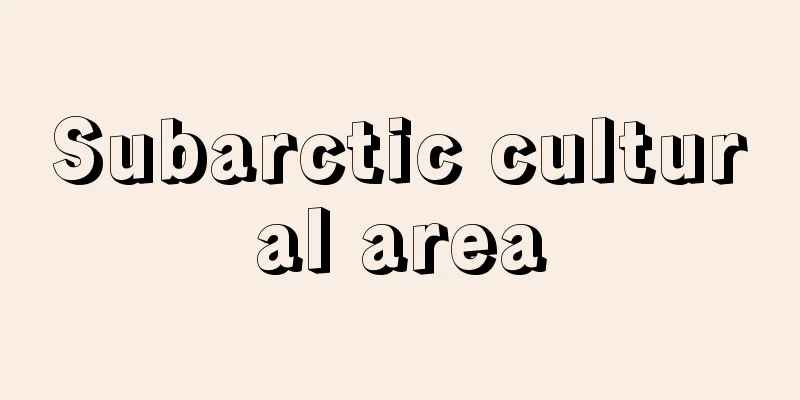Genetic recombination - genetic recombination

|
Crossover and recombination occur between chromosomes derived from both parents, resulting in a new genetic combination that is different from either parent. It is also called simply recombination, but is often called genetic recombination to emphasize that it is a genetic event. In eukaryotes such as higher plants and animals, it occurs between homologous chromosomes that are duplicated and paired during meiosis ( ). In fungi, it also occurs during somatic cell division, and is called somatic recombination. In prokaryotes such as bacteria, recombination occurs between homologous parts of DNA (deoxyribonucleic acid) molecules. In the phenomena of transformation and transduction, recombination is seen when a fragment of a DNA molecule is incorporated into chromosomal DNA. Cells or organisms that have new gene combinations created by recombination are called recombinants or recombinant organisms. The frequency with which recombinants are produced by crossing is indicated by the recombination value. The recombination value between two gene loci on the same chromosome is proportional to the distance between the genes, and plotting the recombination values on a line creates a diagram that shows how genes are arranged on a chromosome. This diagram is called a chromosome map, genetic map, or linkage map. Genes on the same chromosome can be plotted on a single line, forming a linkage group. In the recombination process, DNA strands that make up chromosomes cross over at homologous regions, and the DNA strands are cut at the crossover points and reconnected to other homologous strands. In these processes, enzymes that cut, degrade, repair, and ligate DNA strands work. This recombination mechanism in which crossover occurs between homologous chromosomes and symmetrical cuts and alternating reconnections occur is called crossing over. Recombination-incompetent mutants are obtained mainly in microorganisms and used to study recombination mechanisms. Recombination-incompetent mutants are usually sensitive to mutagenic factors such as ultraviolet light and X-rays, and it is believed that there is a common enzymatic reaction between recombination and repair of DNA damage. In fungi, wild-type and mutant genes do not separate 2:2 as a result of meiosis, but rather 3:1 or 1:3 segregation is sometimes observed. This phenomenon is thought to occur when one gene changes to the other allele when four cells (tetrads) are produced by meiosis, and is called gene conversion or non-reciprocal recombination. Gene conversion is believed to occur during meiosis when one of the DNA strands is cut, creating a short hybrid DNA fragment containing an abnormal base pair with one of the paired DNA strands, which results in an abnormal segregation ratio when it separates. Recently, genetic engineering techniques have been developed to artificially create recombinant organisms by linking gene DNA cut using enzymes and DNA capable of self-replicating within cells in a test tube. Recombinants created in this way are called recombinant DNA. [Tatsuo Ishikawa] [Reference] |Schematic showing crossover and recombination occurring during meiosis ©Shogakukan "> Schematic diagram of genetic recombination [Diagram] Source: Shogakukan Encyclopedia Nipponica About Encyclopedia Nipponica Information | Legend |
|
両親に由来する染色体の間で交叉(こうさ)とつなぎ換えがおこり、両親いずれとも異なる新しい遺伝子組合せができること。単に組換えともいうが、遺伝学的事象であることを強調して遺伝的組換えということが多い。高等動植物など真核生物では、減数分裂のとき複製され対合した相同染色体間でおこる()。菌類では体細胞分裂のときにもおこり、体細胞組換えとよばれる。細菌類など原核生物ではDNA(デオキシリボ核酸)分子の相同な部分の間で組換えがおこる。形質転換や形質導入の現象がおこる場合には、DNA分子の断片が染色体DNAに取り込まれるとき組換えがみられる。 組換えによってできた新しい遺伝子組合せをもつ細胞や生物は組換え型、または組換え体とよばれる。交雑により組換え体ができる頻度は組換え価で示す。同じ染色体上の二つの遺伝子座の間の組換え価は遺伝子間の距離と比例関係にあり、組換え価を線上に目盛ると、遺伝子が染色体上にどのように配列しているかを示す図ができる。この図は染色体地図、遺伝地図、あるいは連鎖地図とよばれる。同じ染色体上の遺伝子は1本の線上に目盛ることができ、一つの連鎖群を形成する。 組換え過程では、染色体をつくるDNA鎖が相同な部分で交叉し、交叉点においてDNA鎖が切断され、相同なほかの鎖へつなぎ換えられる。これらの過程では、DNA鎖の切断酵素、分解酵素、修復酵素、連結酵素などが働く。このように相同染色体間で交叉がおこり、対称的な切断と互い違いのつなぎ換えがおこるような組換え機構は乗換えとよばれている。主として微生物では組換え不能突然変異体が得られ、組換え機構の研究に用いられている。組換え不能突然変異体は普通、紫外線やX線などの突然変異誘発要因に対して感受性となり、組換えとDNA傷害の修復の間に共通な酵素反応があるものと考えられている。菌類などでは野生型と突然変異型の遺伝子は減数分裂の結果、2対2に分離せず、3対1または1対3の分離がみられることがある。この現象は減数分裂により4細胞(4分子)ができるとき、一方の遺伝子が他方の対立遺伝子に変化することによっておこると考えられ、遺伝子変換または非相互的組換えとよばれている。遺伝子変換は減数分裂のとき、一方のDNA鎖の1本が切断されて、対合したDNA鎖の1本と異常な塩基対を含む短い雑種DNA断片をつくり、これが分離するとき異常な分離比を生じることによっておこるとされている。最近、酵素などを用いて切断された遺伝子DNAと、細胞内で自己増殖可能なDNAを試験管内でつなぎ、人為的に組換え体をつくる遺伝子工学的技術が発展してきた。この方法でつくられる組換え体は組換えDNAとよばれる。 [石川辰夫] [参照項目] |減数分裂の過程で交叉と組換えがおこることを模式的に示す©Shogakukan"> 遺伝的組換えの模式図〔図〕 出典 小学館 日本大百科全書(ニッポニカ)日本大百科全書(ニッポニカ)について 情報 | 凡例 |
Recommend
Regulations -
〘noun〙① To determine the way of doing things in a ...
Antler
…The antlers of North America are very similar to...
Interest Rate Measures - Kinrisochi
... Accumulation and double-deposits are a way fo...
CTC - Center Technology Center
Abbreviation for centralized traffic control. Also...
Megatherium
A representative fossil genus of the family Megath...
Xianyang Palace
[1] A magnificent palace built by the First Empero...
Array antenna
...In addition to these, a wide variety of antenn...
Asakusa paper
During the Edo period, this miscellaneous paper w...
Lytton Report
This is the report of the investigative committee ...
Kataoka Gato
…(8) The 8th (1810-1863, Bunka 7-Bunkyu 3), with ...
Gulf of Alaska - Alaskawan (English spelling)
A bay formed by the wide intrusion of the Pacific ...
Elin Pelin
1877‐1949 Bulgarian short story writer. His real n...
Waqf (English spelling)
An Arabic word meaning state land for the Islamic ...
Air rifle competition
... The targets are usually paper targets, but si...
Benzyl alcohol
benzenemethanol. C 7 H 8 O(108.13). C 6 H 5 CH 2 ...





![Thassos [island] - Thassos](/upload/images/67cc21600615d.webp)



